Come Sunday, and in my weekly sojourn of exploring the neighbourhoods, it was time this week to explore the town of Nagar in Himachal, and try and understand who Roerich was, and whats so enigmatic about him as such.
Situated on the left bank of river Beas at an altitude of 1,800 meters, Naggar is an ancient town in Kullu district of Himachal Pradesh, India. It was once capital of the Kullu kingdom. It is bound by Kullu Tehsil towards South, Spiti Tehsil towards East, Drang Tehsil towards South and Lahul Tehsil towards North. Manali, Keylong, Mandi, Sundarnagar and Hamirpur are some of the nearby towns to Naggar. Naggar was the capital of the erstwhile Kullu Rajas for about 1400 years. It was founded by the Visudh Pal and remained as the State headquarters until the capital was transformed to Kullu (Sultanpur) by Raja Jagat Singh.
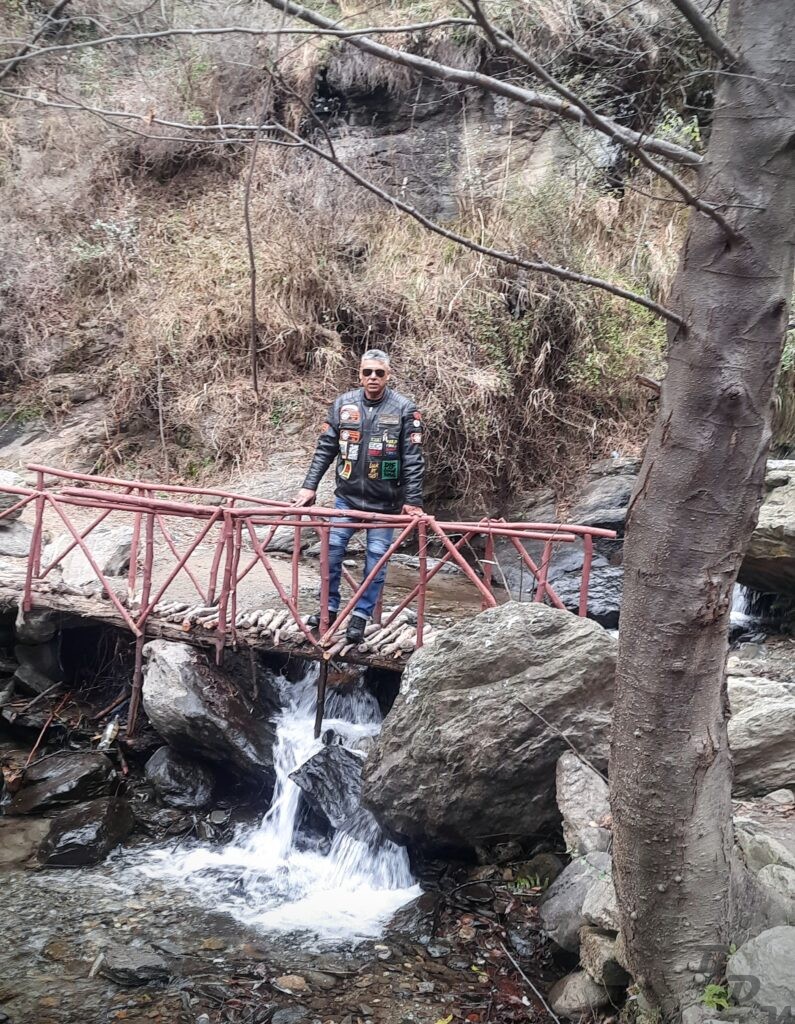
The Russian painter and explorer Nicholas Roerich settled in Naggar in the early 20th century. The Roerich Estate, his two-floor house, is now a museum and key attraction of the town featuring a collection of his popular paintings.

Born in Saint Petersburg, to a well-to-do notary Baltic German father & a Russian mother, Roerich lived in various places around the world until his death in Naggar. Trained as an artist and a lawyer, his main interest was literature, philosophy, archaeology, and especially art.
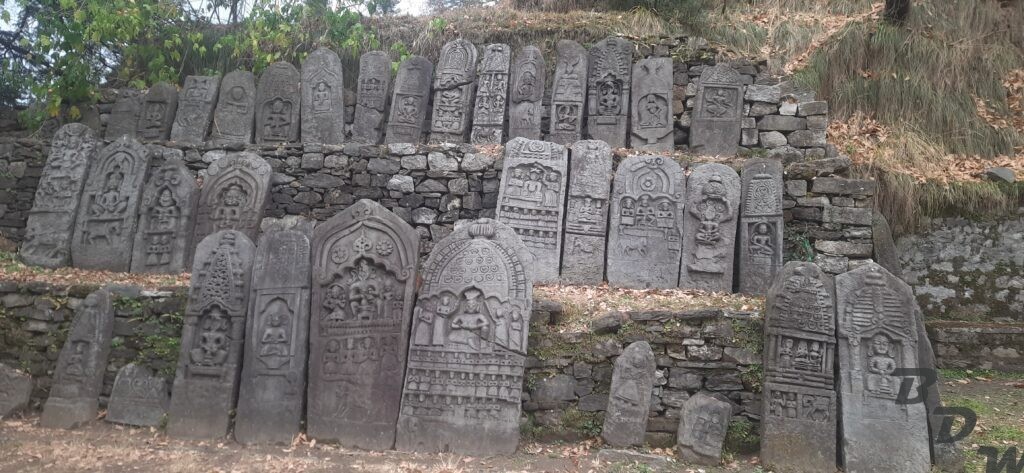
Roerich was also a dedicated activist for the cause of preserving art and architecture during times of war. He gave legal recognition to the idea that cultural objects are important and should not be used for military purposes, neither be destroyed in a war. It was called the Roerich Pact. He was nominated, several times, for the Noble Prize.
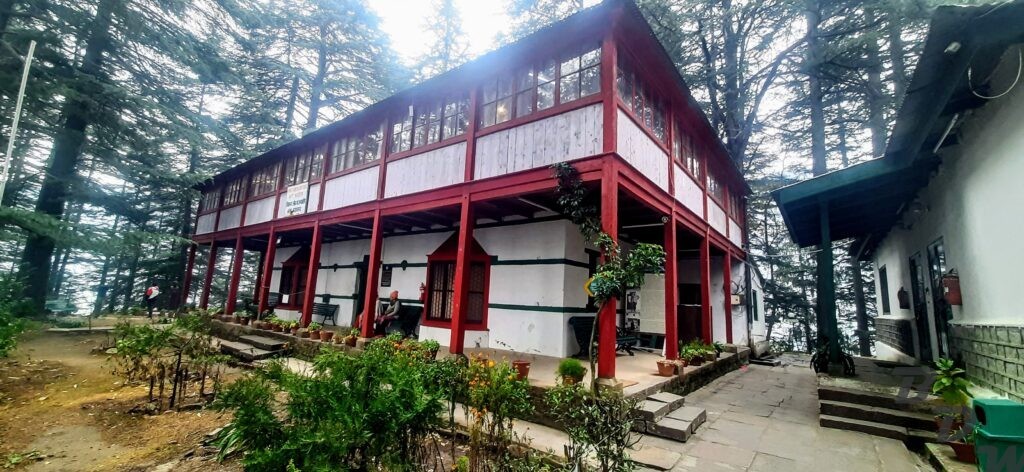
Artistically, Roerich became known as his generation’s most talented painter of Russia’s ancient past, a topic that was compatible with his lifelong interest in archaeology.
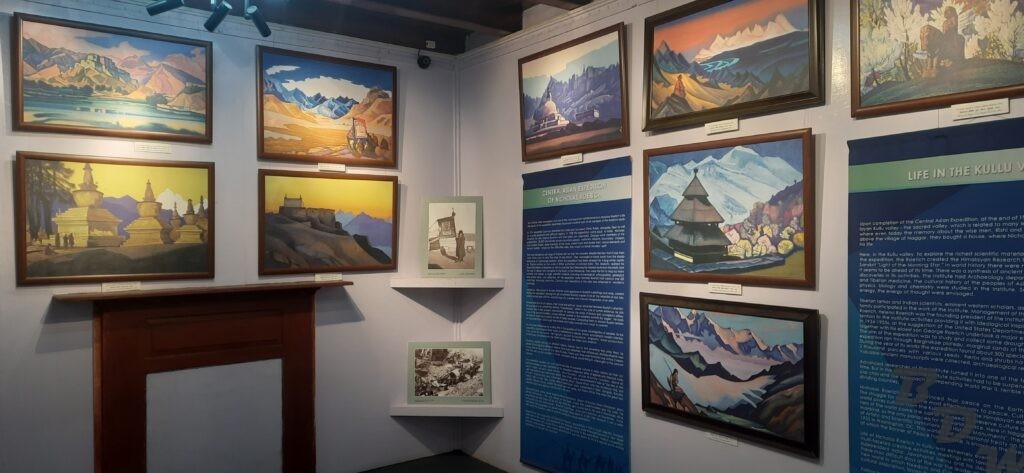
During the first decade of the 1900s and in the early 1910s, Roerich, largely by the influence of his wife, Helena, developed an interest in eastern religions, as well as alternative belief systems such as Theosophy. Both Roerichs became avid readers of the Vedantist essays of Ramakrishna and Vivekananda, the poetry of Rabindranath Tagore, and the Bhagavad Gita.
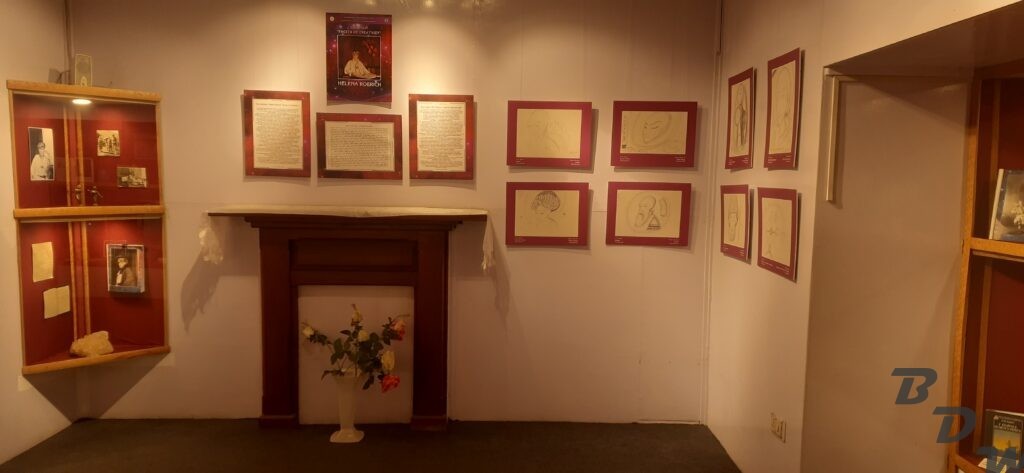
Known as the Master of the Mountains, Nicholas painted almost 7000 paintings, capturing a copious number of scenes from the Himalayas. All these paintings were done from 1923 onwards when he was drawn to the Asian subcontinent.

He explored Turkestan, Altai, Mongolia, and Tibet apart from India in his quest to study their religion, language, customs, and culture. Out of nearly 7000, some 500 paintings were dedicated to the Himalayas. Where most of them depict the awe-inspiring landscapes and mountain ranges, some have inclusions of monasteries, local architecture, and culture.
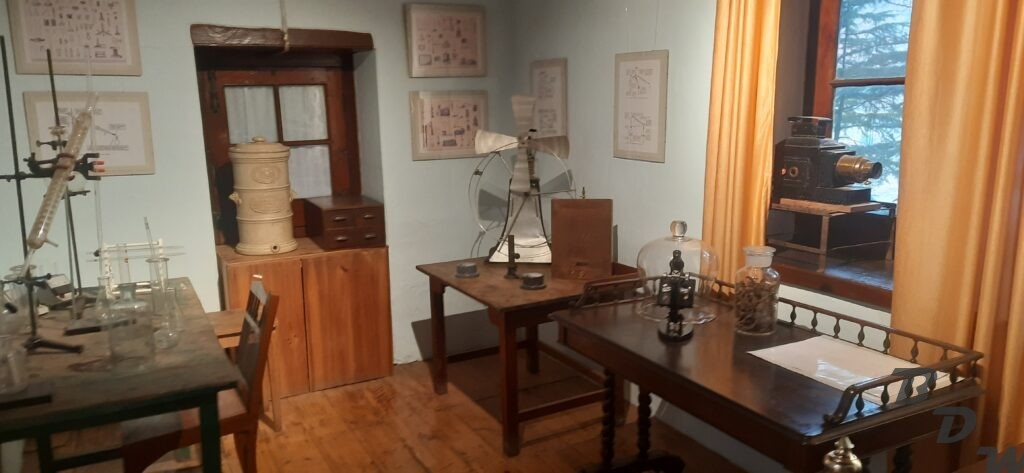
He even documented flora and fauna and folklores. Looking at his paintings, therefore, give a deeper understanding of life within the Himalayas. In India, he painted about the Lahaul region, in Himachal; Ladakh; parts of Sikkim; and mountain ranges like Kinner Kailash, Mount Kailash; among others. And most of them can be found hanging on the ground floor of Nicholas Roerich Art Gallery in Naggar.
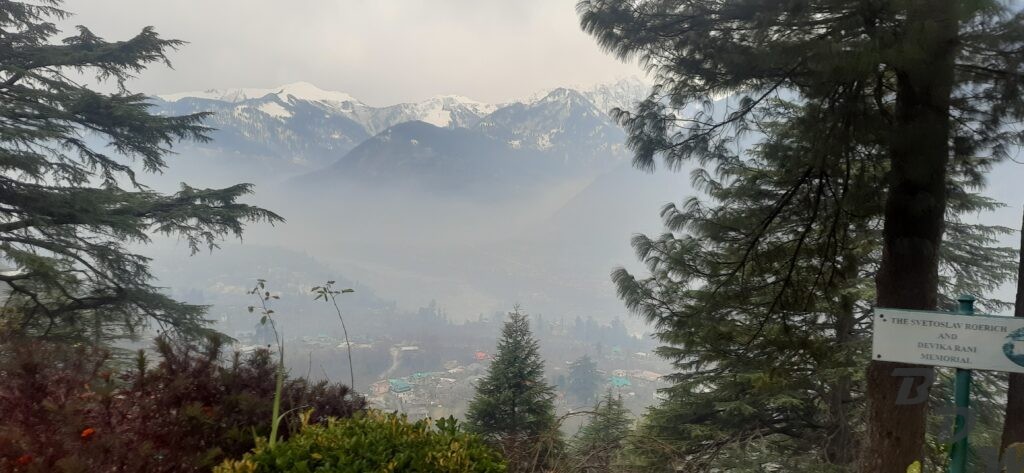
The entire Art Gallery comprises two floors. The upper floor is a memorial of Nicholas Roerich’s the-then house. The ground floor is converted into the Roerich Museum, having some of his original art pieces. The upper floor, is a memorial… an original imitation of his private house, depicting his lifestyle.
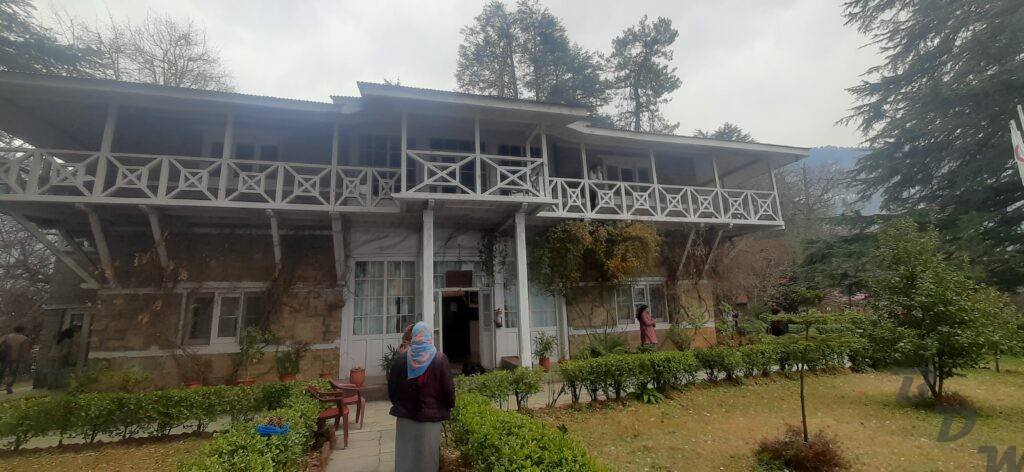
Tourists are free to walk within the rooms on the ground floor that showcases Nicholas Roerich’s paintings. The upper floor (the memorial house) however, isn’t accessible entirely as it is in a comparatively bad shape. Visitors are not allowed inside the rooms on the upper floor but they can walk around the adjoining balcony and peek through the glass windows.
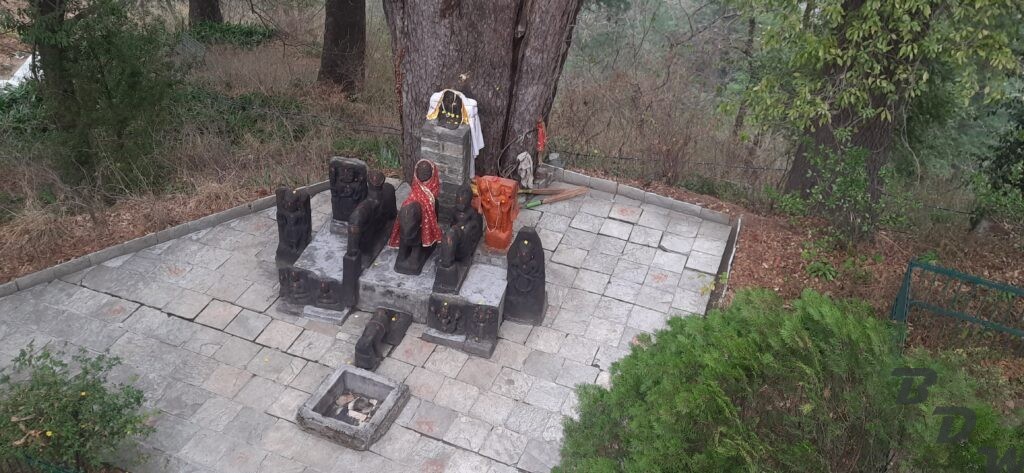
One of the rooms talks about the life of Devika Rani, the wife of Nichola’s son Svetoslav. After Nicolas’s death in 1947, his son Svetoslav decided to move much of his collection to Bengaluru where he established the Tataguni estate and became an active member of the city’s vibrant art scene. By now Svetoslav was married to Devika Rani, the exquisitely beautiful great-niece of the Nobel Laureate Rabindranath Tagore, and the first lady of Indian cinema. She has a great role in preserving the Nicholas Art Museum.

Naggar Castle, the official seat of kings for centuries. was built by Raja Sidh Singh more than 500 years ago. According to a legend, he used stones from the abandoned palace (Gardhak) of Rana Bhonsal to build the castle.
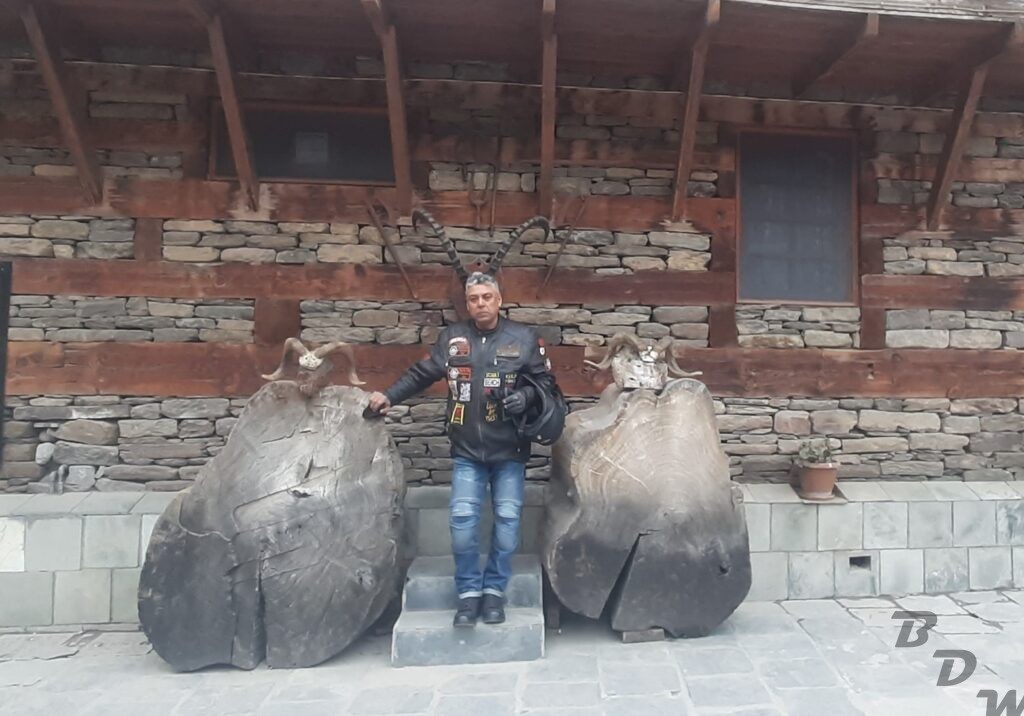
He ordered the labourers to form a human chain over the Beas river connecting its left and right banks to transfer the stones manually. The castle survived the earthquake of 1905. While most houses in the valley and the nearby city of Jawa were completely ruined, the castle’s use of earthquake-proof techniques helped it sustain despite the calamity.
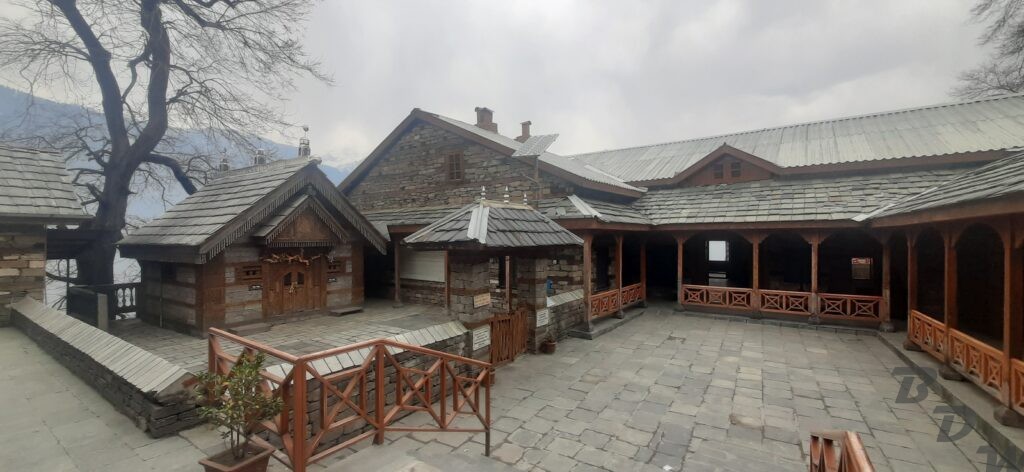
In 1978 it was taken over to Himachal Pradesh Tourism Development Corporation (HPTDC), to run as a heritage hotel.
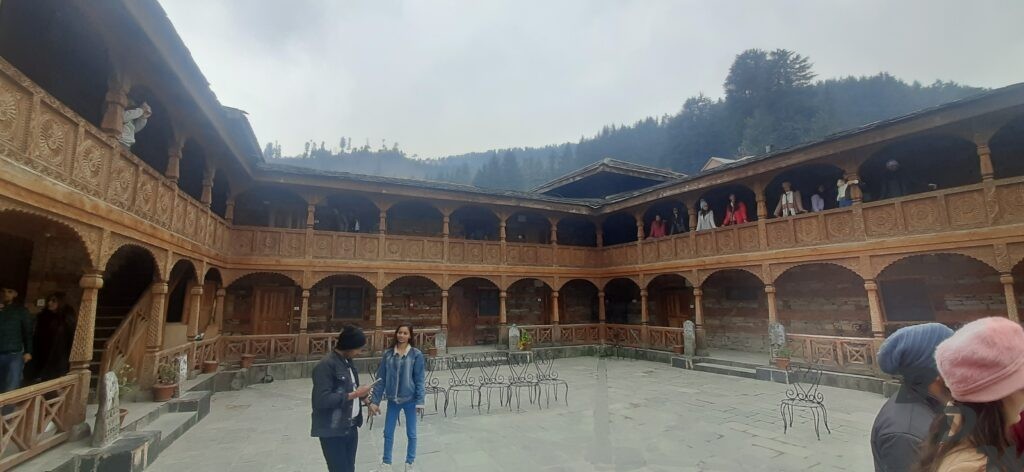

As the day comes to an end, its time to head back home, but not without the memory of time well spent, and nature well enjoyed. Till we meet again.
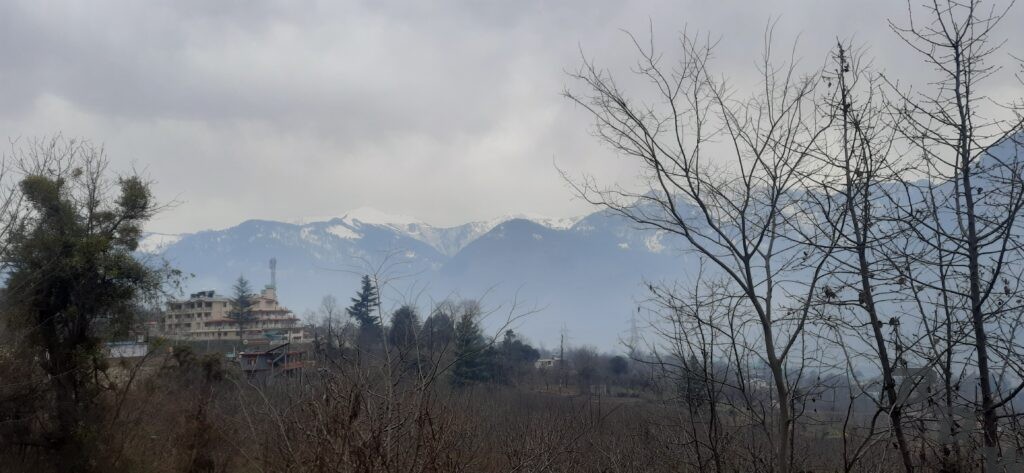


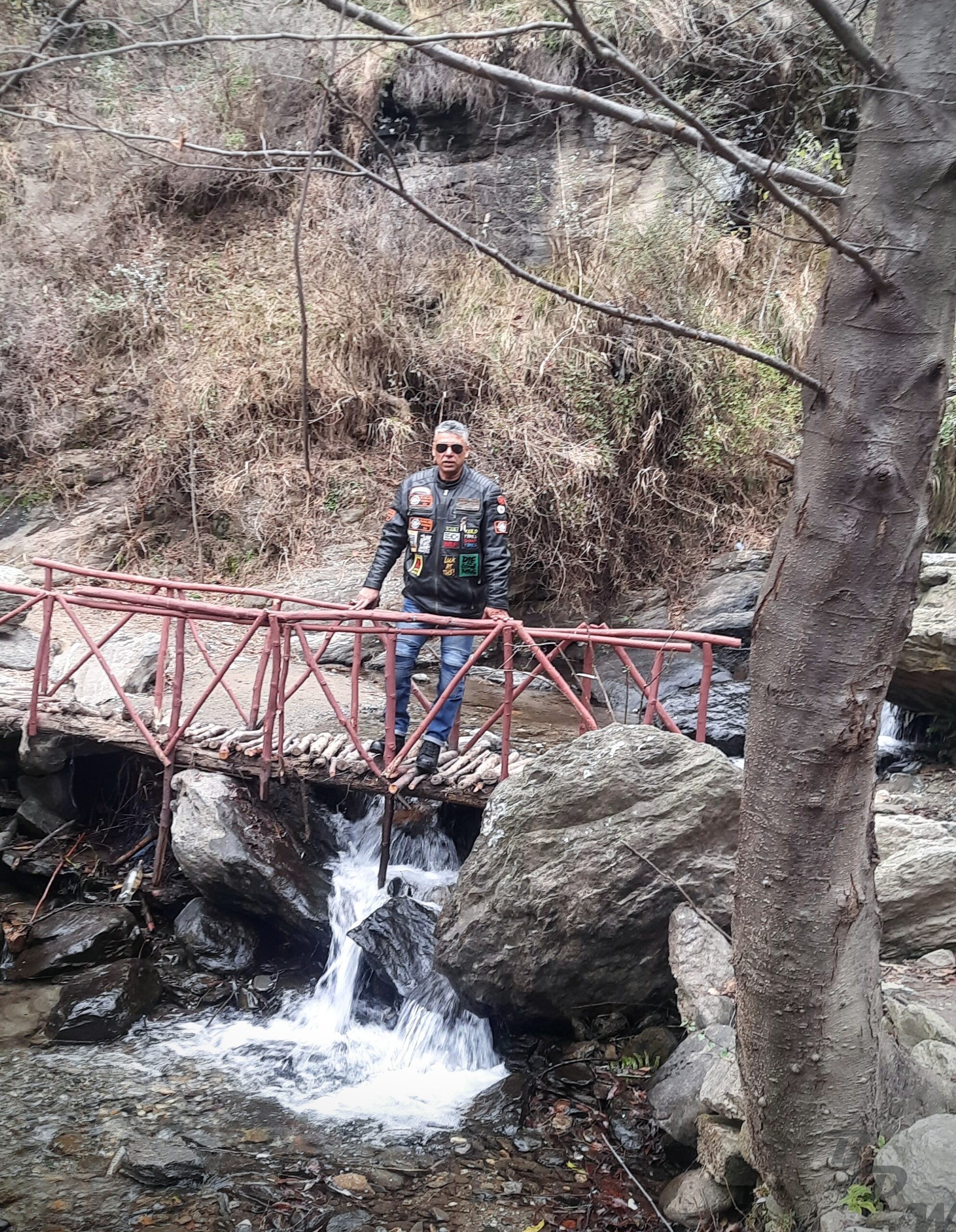


No Comment! Be the first one.